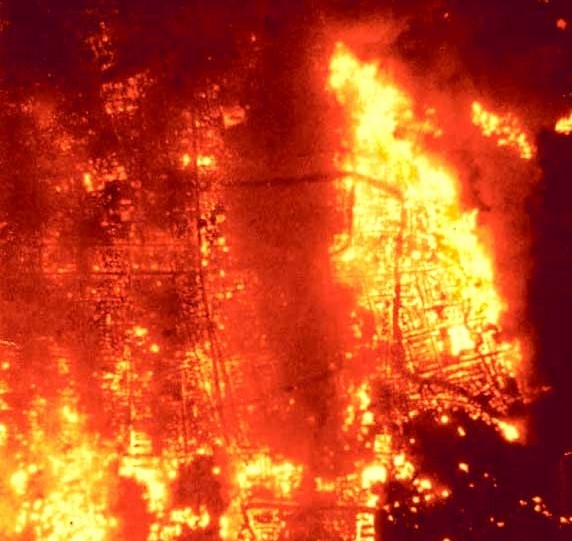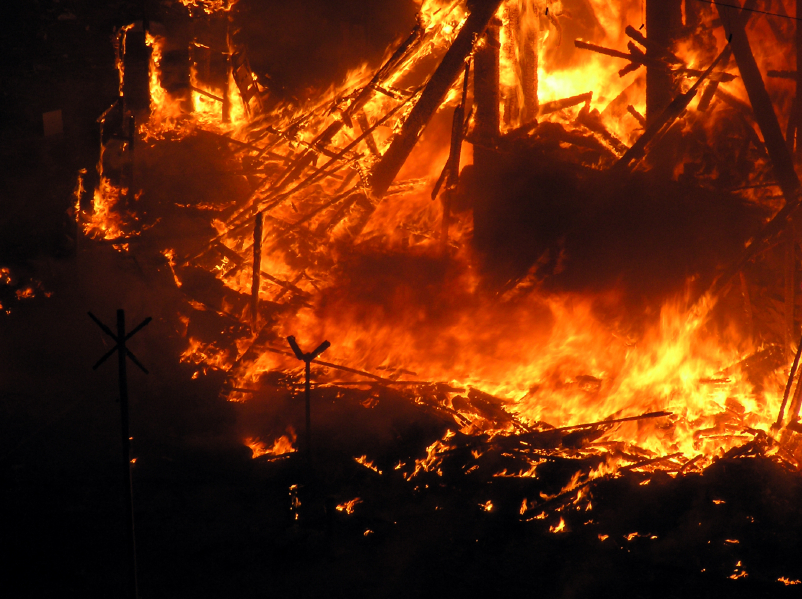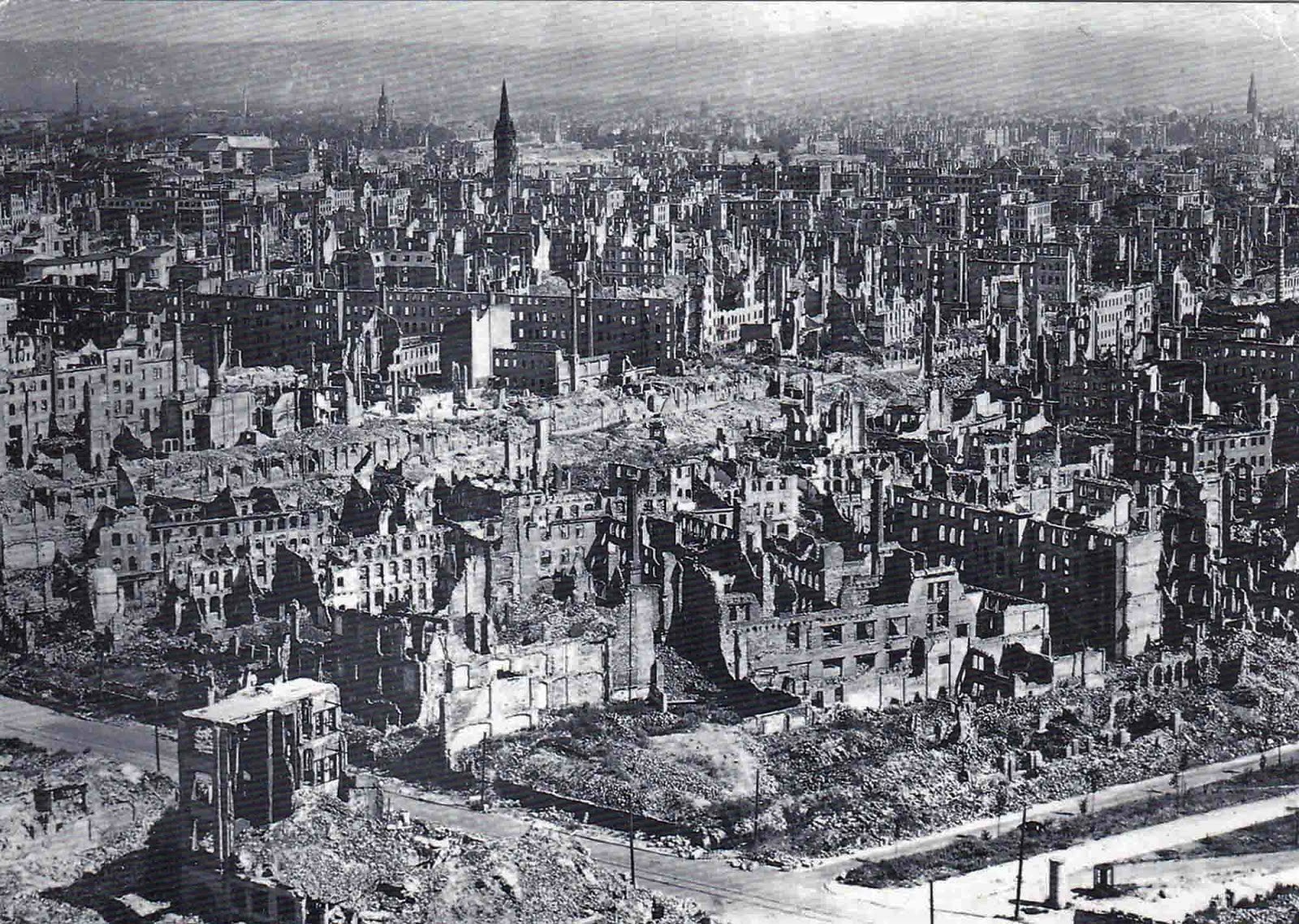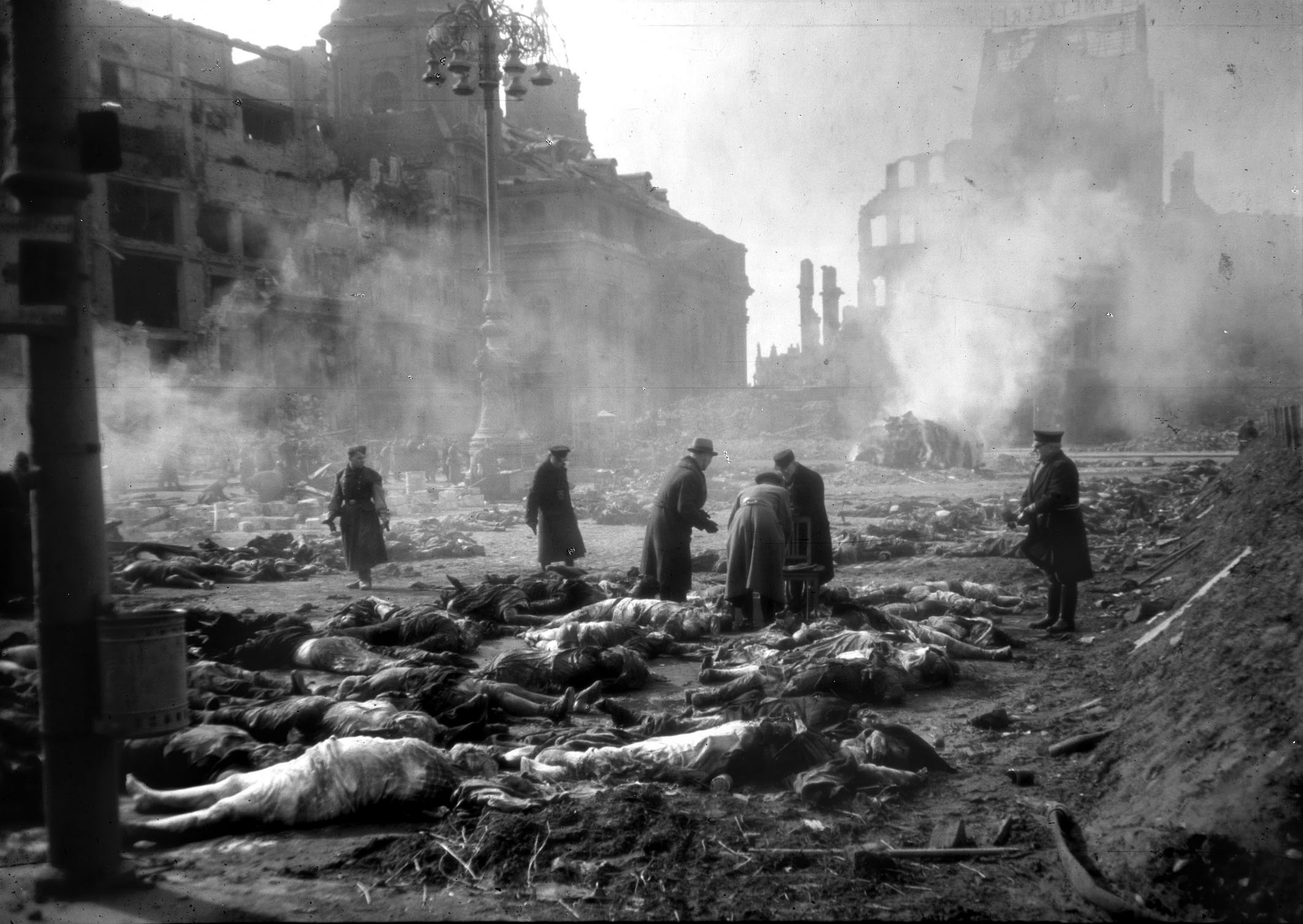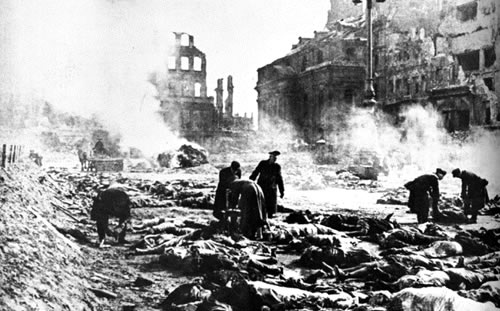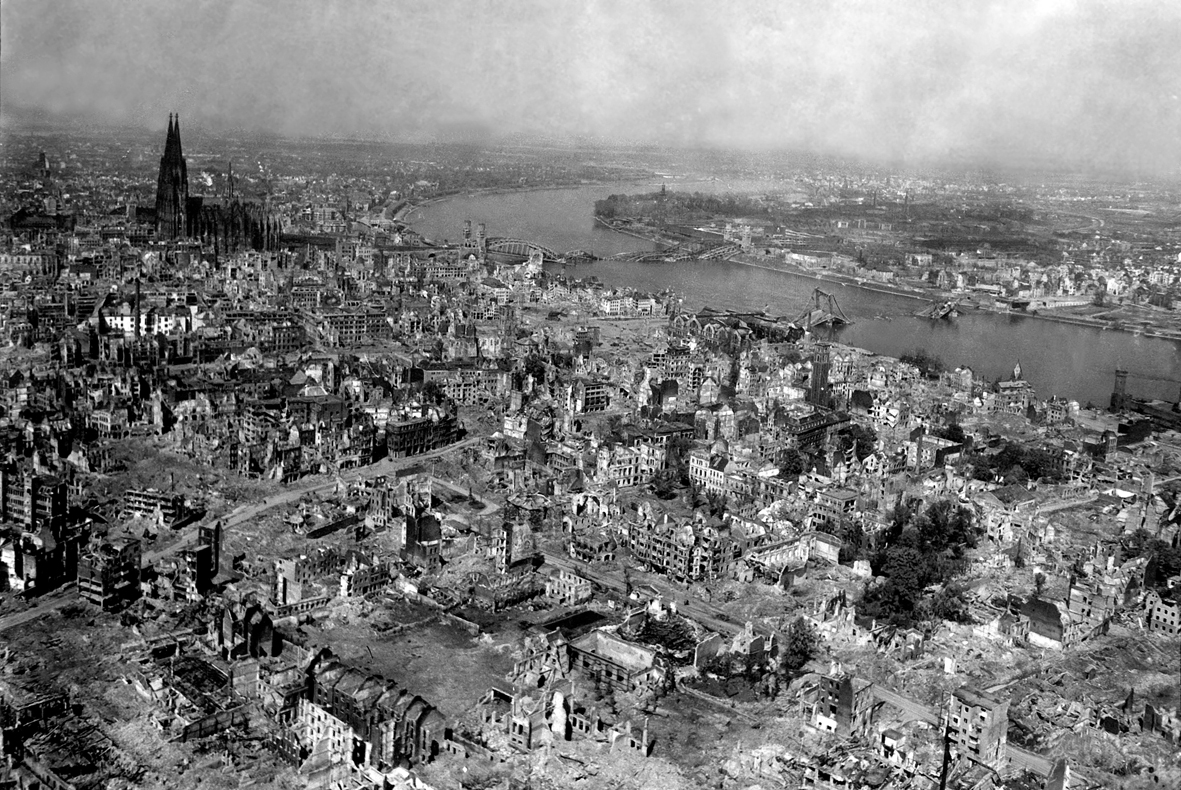|
The Continuing Controversy Over Bomber Command Few people realize how deadly bombing missions were to aircrew. Casualty rates were shockingly high.
Out of 125,000 airmen who served in Bomber Command, over 55,000 were killed, 8,000 wounded, and 9800 became prisoners of war.
There was a 44% percent death rate. Aircrew had little prospect of surviving a tour of 30 operations and by 1943, only one in
six expected to survive their first tour and one in forty would survive their second tour. On every mission over Germany
five bombers out of one hundred failed to return and another would crash on landing. Statistically, an airman couldn't
expect to survive twenty missions. RAF/RCAF bomber crews had twice the casualty rate of American crews. The US Eight Air Force,
which flew daylight raids over Europe, had a casualty rate of only 17 percent, but a further 15 percent became POWs.
A key reason for this was the problem of parachutes. In RAF/RCAF bombers all parachutes were kept in a central location
because movement down the long tunnel of the fuselage was extremely difficult. If a plane was on fire, or if the plane began
to spin, roll, or break up, the crew had little chance of getting to their parachutes, or of strapping them on and ejecting.
American crews kept their parachutes close beside them. High altitude mass bombing was extremely inaccurate. A USAAF study estimated that less than ten percent of bombs fell within
8 kms of the intended target. On some missions the entire bombing group dropped their bombs on the wrong location. As a result
Allied planners adopted two bombing strategies. The first was stated in the February, 1942 Bomber Command "Area Bombing Directive".
Bomber Command was to target German industrial sites with the additional aim of attacking the morale of German industrial workers.
In practice what this meant was that 200 to 1000 aircraft would mass "carpet" bomb a German industrial area or city center,
indiscriminately destroying everything for kilometres around in every direction. On 30 May 1942, RAF Bomber Command launched
"Operation Millenium", the first "1,000 bomber raid" when 1,046 aircraft bombed Cologne, dropping over 2,000 tons of high
explosive and incendiaries and burning the city from end to end. 411 civilians and 85 combatants were killed, more than 130,000
had to leave the city. Two further 1,000 bomber raids were executed over Essen and Bremen, but to less effect than the destruction
at Cologne. New methods were introduced to increase the destruction. A combination of massive "blockbuster" bombs and incendiaries
was used to create a "firestorm". The high explosives destroyed water supplies and water lines preventing firemen from putting
out the massive fires caused by the incendiaries. At its worst this combination could burn out an entire city center in one night,
killing tens of thousands. The most destructive raids in terms of casualties were those on Hamburg (45,000 dead) in 1943 and Dresden
(25,000-35,000 dead) in 1945. In each case, a series of co-ordinated raids created a firestorm and left tens of thousands dead. Other large raids on German cities
which resulted in high civil casualties were Swinemuende (23,000 dead), Pforzheim (21,200 dead), Darmstadt (12,300 dead), and Kassel
(10,000 dead). The aim of the offensive was to break the morale of the German people. The destruction caused hardship to hundreds of
thousands of German civilians and the incredible destructiveness of the firestorms shocked the Nazi leadership. However,as the
Germans discovered during the London "Blitz", the bombing stiffened German resistance instead of weakening it. The second major purpose behind the Allies massive air bombing campaign was to cripple key German war industries. Near the end of the
war a committee of American industrial experts was asked to produce an impartial assessment of the effectiveness of the Allied bombing
campaign on German industry. The resulting " United States Strategic Bombing Survey " concluded that the bombing had mixed levels of success.
Strategic bombing severely impacted German production of oil, ammunition, vehicles, U-Boats. It had less effect on the production of aircraft,
tanks and armoured vehicles, ball bearings, steel, consumer goods and food supplies, and V-1 and V-2 missiles. In part German war production
continued or even increased in spite of the bombing because Germany's industry was not at 100 percent capacity until 1943-44. In the first
years of the war the Germans were able to win victory after victory without maximizing industrial efficiency. Many people have condemned the Allies for the massive and horrific destruction and slaughter caused by the bombing campaign.
Over 600,000 German civilians died, including 75,000 children. In response the Allies could point to the earlier German
air attacks on civilian targets. In 1939 Warsaw was deliberately bombed even though it was declared an "open city" with
no air defences. In 1940 Rotterdam was deliberately bombed even though the Dutch were negotiating a surrender at the time.
In Britain, the 1940-41 "Blitz" started as strategic bombing of RAF's air defences, then refocused as an attack on British
industrial production, before finally being used as a means of breaking the morale of the British civilian population.
In 1941-43 the Germans used massive indiscriminate air attacks on Leningrad and Stalingrad in aid of the German army's
offensives against these cities. The head of Bomber Command, Sir Arthur Harris challenged his critics to find any act of war that was moral. As horrific as
the bombing of Germany was, there was far worse in the war. In just three months, American air raids against Japan killed
over 300,000 and destroyed much of Tokyo, Osaka, Kobe, Yokohama, Hiroshima and Nagasaki. Even this pales besides the horrific
slaughter of millions of Chinese, Indonesians, Koreans, Filipinos, and Vietnamese by the Japanese, or the destruction of over
ten million Russian soldiers and civilians by the Germans, or worst of all, the Holocaust - the deliberate, systematic,
industrialized mass murder of over six million Jews and other "enemies" of Nazi Germany. |
